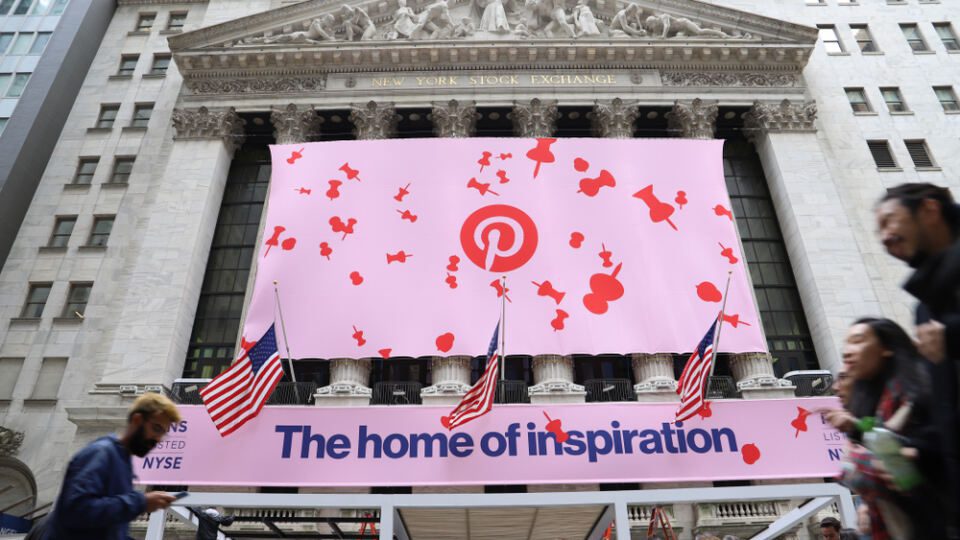Social media is an ever-evolving space, and as the major platforms develop each is differentiating itself in ways that change how retailers can interact with shoppers. While this creates new opportunities for retailers to explore their creative side, it also means companies need to develop a deeper understanding of what each platform offers and how it can best be utilized.
Leaders from TikTok, Snapchat and Pinterest spoke at the 2022 Sofa Summit, hosted by Smartly.io, to discuss how marketers can better utilize the unique options that set each platform apart. Some of the key takeaways from the event include:
- Live in the future and inspire positivity on Pinterest: The internet can be a negative environment, but Pinterest is setting itself up to be a place where brands can focus on being a beneficial part of shoppers’ lives — and thus benefit from that positive association;
- Go beyond basic social connections on TikTok: For retailers that have perfected authentic social media, TikTok is aiming to help them bring it to the next level with video-based ads that don’t even feel like ads; and
- Bring AR to the next level on Snapchat: While AR is already well-known for its ability to help with makeup try-ons and furniture fitting, the technology has evolved to the point where real-time information like local weather can power unique experiences.
Future-Focused Positivity Fuels Pinterest
Positivity is a powerful force in marketing: 60% of consumers say they’re more likely to remember brands when they’re seen in a positive context, according to Arthur Sevilla, Head of Insights Strategy at Pinterest. The average shopper was on a digital device for more than 10 hours per day in 2020, and 60% of adults agreed that the content often wasn’t positive. This presents a golden opportunity for retailers that are willing to put in the extra effort required to build a truly positive message, but it’s up to these brands to present themselves properly.
“Consumers are saying the content that your brands are associated with, and the context in which your brands are presenting your perspectives, have an impact on how they view your brand,” said Sevilla during the Sofa Summit. “There is an implied endorsement. When there’s a negative perception, they feel less trustworthy if you are associated with that negative content. Two out of three consumers suggest that it is the brand’s role to place themselves in the appropriate context.”
A positive message also can focus on inspiration, according to Sevilla. Retail marketers should create posts that look to the future, rather than the past or present, in order to make the most of this. For instance, positioning a product as something that can help someone with their current goals can be a stronger driver on the platform than putting the focus on fear of missing out on a limited-run offering.
“We live in the future,” said Sevilla. A consumer might be thinking, “‘I’m going to have a party. Help me make that party the best it can be.’ That is where brands live. That is where you can actually impact the future orientation, and that’s where the Pinterest mindset is — that future orientation of ‘I want to do something.’
“There’s actually another angle to the analysis of that data, and that is to predict what people are wanting to achieve tomorrow,” Sevilla added. Understanding what shoppers actually want to achieve is a matter of examining that data, and Sevilla noted that while it can be hard to predict tomorrow’s trends, social media sites can be combed for insights that will strengthen the next post.
Videos Build Authenticity on TikTok
The challenge of creating a video can seem daunting compared to more traditional social media posts, but TikTok has been working to try and help brands better integrate their marketing into its platform. The primary advantage of video content is authenticity, and a properly aimed authentic message will resonate even more with its target audience.
“We’ve seen great progress in the last couple of years for brands that show up on the platform,” said Melissa Yang, Head of Ecosystem Partnerships at TikTok during the Sofa Summit. “We’re working with them and helping them to produce native-feeling content. We went to market saying ‘TikToks, not ads,’ and we’re doing that and it’s working. People love the content they see on the platform. They feel like when they see an advertisement from a brand it doesn’t even feel like an ad. It’s coming from a creator. It feels very native and natural, and it’s having great results.”
The key to developing a successful TikTok marketing campaign is putting the audience first, even more than with other platforms. That’s because browsers can scroll past a traditional post that they don’t care about, but it may still catch their eye. In contrast, they won’t even start a video that holds no interest for them. Retailers need to consider not just the video itself but also how to precisely identify their plan for connecting with users.
“We don’t think about ourselves as a social platform,” said Yang. “You don’t come here to tell your friends about updates in your life. It’s just not the design of the platform. What you’re here for is to consume and engage with content — content that’s perfectly tuned to you. And so we’ve been really, honestly humbled by the amount of time and energy that people are spending investing in creating content for the TikTok platform, and also engaging with that content.”
Snapchat is Taking AR to the Next Level
Snapchat’s AR features have taken off — these lenses have attracted more than 250 million daily users in total, and the average browser uses these features 30 times per day. The growing adoption also means that basic try-ons have become table stakes for retailers looking to make the most of AR. The message from the Sofa Summit is that it’s time to get creative with the technology and let shoppers become even more intimate with a potential purchase before making the decision.
“AR can build consumer confidence, allowing consumers to learn and explore more from a product, like the latest technology in a running shoe,” said Toccara Baker, Product Management at Snap during the Sofa Summit. “Brands can build a store that allows users to look around and explore different items and clothing. This connects brands and people together via AR experiences, or you can use AR technology to assess products with a risk-free try-before-you buy experience.”
Snapchat’s lenses can utilize information like weather to customize the AR experience, or even bring in information like stock market or crypto prices to help support a relevant marketing push. Even the classic try-on options are being made more realistic as the technology develops, and they can be enhanced by tying to messages like sustainability issues — reminding consumers that trying before they buy cuts the chances of returns and reduces the carbon footprint for retailers.
The key for making the most of marketing on these platforms? Tailor the content to both the audience and the medium. Whether it’s focusing on an inspirational future on Pinterest, creating authentic videos on TikTok or building out AR tools on Snapchat, it’s up to every retailer to find the approach that best suits its brand and target shoppers.













